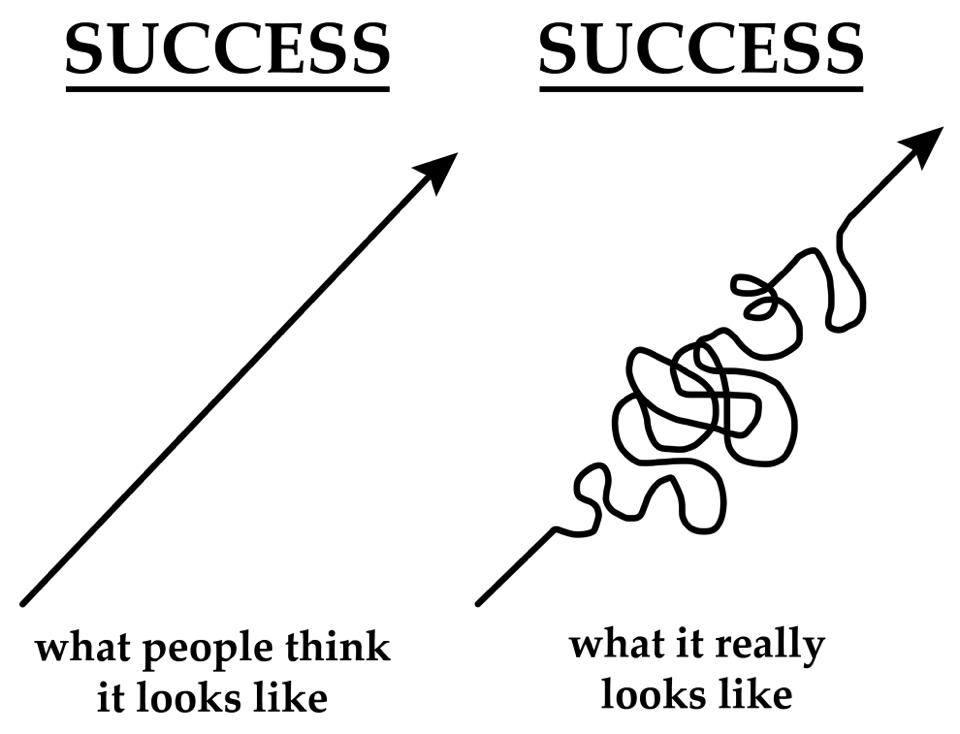
Random Thoughts on Sports Performance Training – Installment 31
It’s time for this month’s installment of my random thoughts on sports performance training. In light of this week’s $50 off sale on Mike Boyle’s outstanding resource, Complete Youth Training, I thought I’d focus this edition on the training of young athletes.
1. Puberty changes everything.
The best players at age 11 usually aren’t always the best players at age 18 for two reasons:
a. They’re usually the ones that get heavily overused by an overzealous coach who wants to win now – and end up injured, missing crucial developmental time periods.
b. Puberty changes absolutely everything. The hormonal and biomechanical changes that kick in during adolescence massively impact how one controls the center of mass within the base of support.
Prepubescent training is all about having fun and establishing solid foundations of movement that set young athletes up for future success.
2. Some training practices are more about establishing routines as they are about creating adaptation.
All our athletes begin their training sessions with self-myofascial release work: foam rolling, lacrosse ball trigger point work, the FMR Stick, and the Acumobility Ball. This includes younger athletes who honestly probably don’t really need it.
Why do these youngsters do it, too? Because I want it to become a habit. I want them to realize that the gym isn’t just about lifting heavy stuff, throwing med balls, and running fast. Rather, it’s also a place where you can go to take care of soreness and actually leave feeling better than when you arrived. This proactive approach at age 13 helps us tremendously when they’re age 18 and have more legitimate stresses on their bodies.
Just shorten that rolling series up and get right to the good stuff!
3. Youth training should be all about linear progress for the first two years of organized strength training.
It drives me crazy when kids have to re-gain initial strength. As an example, let’s say a kid comes in at age 15 and takes his trap bar deadlift from 135 to 225 over the course of three months. His technique is pristine and he’s learned how to put force into the ground.
Then, his sports season starts and he disappears for six months. At the end of the season, he comes back in and starts all over at 135 pounds. Sure, this time around, there’s a bit of a technical foundation, and he makes those gains a little bit faster than the first time around. Really, though, we’re talking about a situation where he wasted 1/8 of his high school development window.
We’ve all seen this graphic in the performance realms before, but the truth is that the image on the right applies to intermediate and experienced athletes. The goal is to never have setbacks in beginners because the positive adaptations are so easy to come by with consistent training, even if it’s only two days per week of in-season work.
This is one reason why I’ve added a new component to every young athlete evaluation I do: a discussion about expectations and timelines. Every kid who walks in our facility will say that they want to play Division 1 sports. Very few truly appreciate the consistency and work ethic it will take to get to that point.
4. Make sure your medicine balls are the right weights.
I’m often asked what weight medicine balls we use for our training – and I always respond with a range: 4-8lb for our rotational work, and 4-12lb for our overhead work.
This range accounts not only for the type of exercise, but also the size of the athlete. A 13-year-old athlete will do best with a 4-pound ball for rotational med ball scoop tosses, whereas a 250-pound MLB player will handle a 8lb ball much better.
This, however, might be the most impressive med ball video you’ll ever see from a 13-year-old, regardless of weight!
5. With skinny young male athletes, competition works amazingly on the nutrition front.
If you’re training teenage male athletes who want to gain weight, nothing works better than having weekly weigh-ins that are charted for everyone to see. We’ve done it two years in a row with our college development program, and it’s also proven extremely successful in our high school athletes. These quantifiable changes not only help to evaluate progress, but they also drive camaraderie among your athletes. Since we starting doing this, we see more guys going out to meals together, chatting each other up on the nutrition front, and discussing what has been working well for them.
Another interesting observation on this front: young athletes are often very out-of-touch with huge swings in body weight. As an example, earlier this week, I had an athlete tell me that he was 145 pounds during an evaluation. When we actually weighed him in, he was 133 pounds. That’s an 8.3% loss of body weight! I’m 183 pounds, and if you dropped me by 8.3% to 167.8 pounds, I’d feel absolutely miserable. Young athletes aren’t in-tune enough with their bodies to recognize this, though. It’s up to us to make them consciously aware of how big swings in body weight are bad for not only performance, but also health and academic performance (dehydration has a massive impact on brain function).
Wrap-up
I could go on and on about lessons learned in training young athletes (and I might, at a later date), but in the meantime, I’d strongly encourage you to check out Mike Boyle’s resource, Complete Youth Training. I loved this product as both a strength and conditioning coach and a parent. Mike did a tremendous job of outlining the problems in the current youth sports landscape while also including practical solutions to these concerns. You can learn more – and get $50 off through tonight at midnight – HERE.





